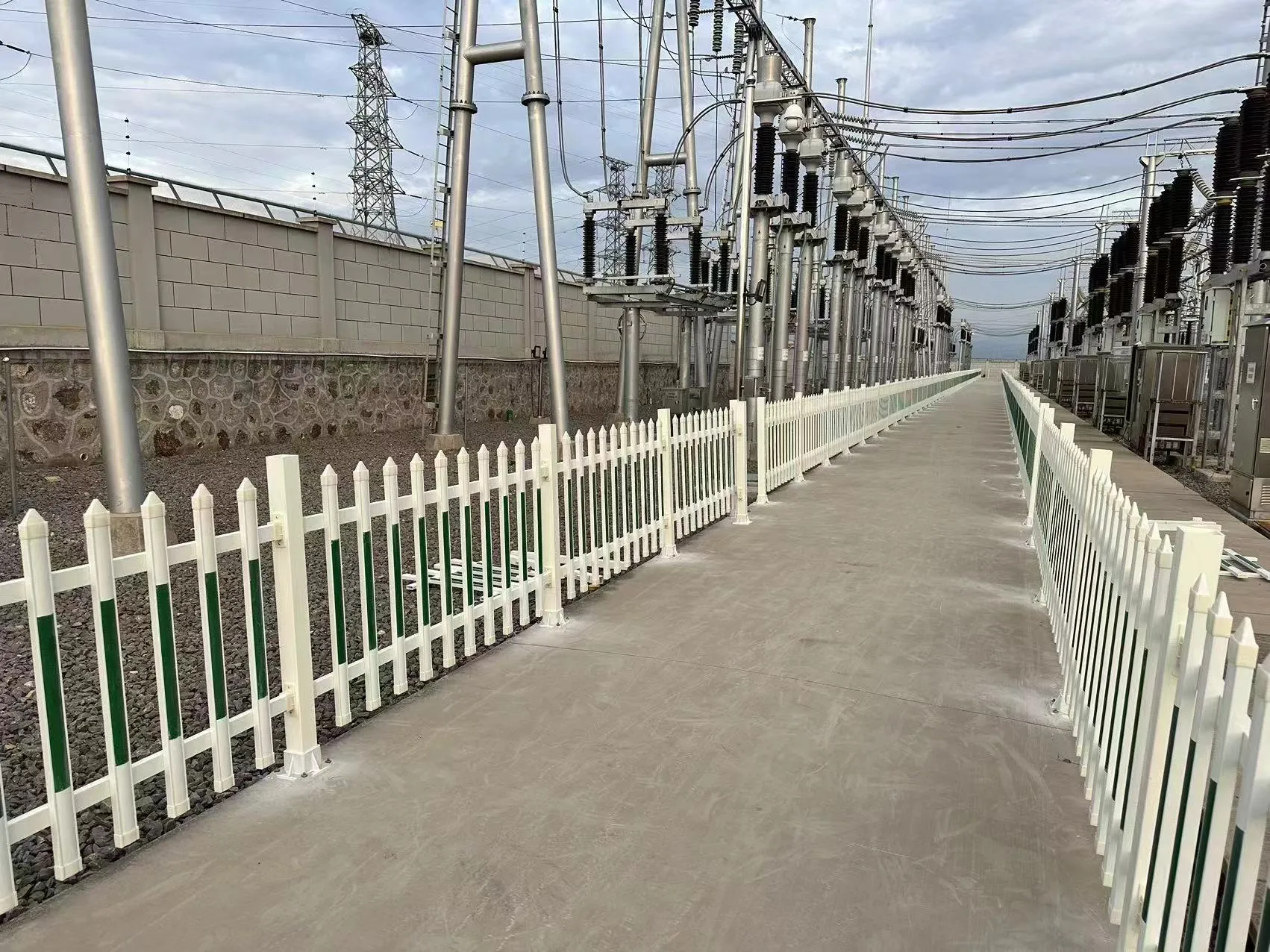loading...
- No. 9, Xingyuan South Street, Dongwaihuan Road, Zaoqiang County, Hengshui, Hebei, China
- admin@zjcomposites.com
- +86 15097380338
- Welcome to visit our website!
Innovative Designs in Molded Grating for Enhanced Performance and Durability in Industrial Applications
Understanding Molded Grating A Versatile Solution for Various Applications
Molded grating, a modern industrial solution, has been gaining traction across various sectors due to its unique properties and versatile applications. This material is primarily made from fiberglass reinforced plastics (FRP), offering a lightweight, durable, and corrosion-resistant alternative to traditional materials like metal and wood. As industries evolve and seek innovative solutions to enhance performance and safety, molded grating has emerged as a key player in both structural and architectural applications.
One of the standout features of molded grating is its ability to resist environmental challenges. In sectors such as chemical processing, waste management, and marine environments, the durability of materials is paramount. Molded grating is engineered to withstand harsh chemicals, extreme temperatures, and heavy loads. As a result, it is extensively used in walkways, platforms, and stair treads where both safety and longevity are critical.
Another significant advantage of molded grating is its slip-resistance. Many molded grating products are designed with a textured surface that enhances traction, making them ideal for areas where water, oil, or other slippery substances may be present. This safety feature is crucial in industrial settings and is increasingly recognized in commercial and residential applications, where maintaining a secure footing is vital.
Additionally, molded grating offers a high level of customization. Manufacturers can modify the grating's dimensions, colors, and loading capacities to meet specific project requirements. This adaptability makes it an ideal choice for architects and engineers looking to implement unique designs while ensuring functionality. From bridges and docks to drainage covers and flooring solutions, the potential applications for molded grating are virtually limitless.
molded grating

The production process of molded grating also contributes to its eco-friendliness. Many manufacturers utilize sustainable practices, focusing on reducing waste and using recyclable materials. Compared to traditional materials, the production and installation of molded grating often result in lower energy consumption, making it a more sustainable option in construction.
Furthermore, molded grating is not just a practical choice; its aesthetic appeal cannot be overlooked. Available in a variety of colors and finishes, it allows designers to incorporate functionality into their vision without compromising on style. Whether used in solar panel platforms, decorative walkways, or safety covers for industrial settings, molded grating can enhance the visual appeal of any project.
Maintenance is another aspect where molded grating excels. Unlike metal alternatives, which may require regular painting and upkeep to prevent rust, molded grating necessitates minimal maintenance. A simple wash with water is often enough to keep it in excellent condition, which can lead to significant cost savings over time.
As industries continue to prioritize safety, durability, and environmental responsibility, molded grating stands out as a premier choice. Its ability to endure challenging conditions while providing a safe and visually appealing surface makes it an effective solution for various applications. Whether implemented in industrial environments, municipal projects, or residential areas, molded grating represents a robust future in building materials.
In conclusion, molded grating is a versatile and resilient option that meets the needs of modern industries. Characterized by its strength, slip-resistance, customization options, and low maintenance requirements, it has become a favored material choice across sectors. As technology and sustainability drive innovation, molded grating is poised for continued growth and application in diverse fields, shaping the way we approach design and functionality in infrastructure and beyond.
-
Premium FRP Handrail for All ApplicationsNewsAug.29,2025
-
Low Maintenance FRP Mini Mesh Grating ProductsNewsAug.29,2025
-
Innovative FRP Square Tubes for Modern Industrial SolutionsNewsAug.29,2025
-
FRP Water Storage Tanks Wholesale Solutions for Bulk BuyersNewsAug.29,2025
-
FRP Molded Grating Solutions for Diverse Industrial ApplicationsNewsAug.29,2025
-
Construction Advancements Through FRP Pultruded ProfilesNewsAug.29,2025
-
Why Choose FRP Railings, Guardrails, and Handrail Systems?NewsAug.29,2025
